Home » Construction Services (Page 3)
Category Archives: Construction Services
Top 10 Largest Construction Project Starts in Canada and Trend Graph – August 2021

The accompanying table records the 10 largest construction project starts in Canada in August 2021. Also included is the latest trend graph on starts. This looks at 12-month moving totals of the civil and nonresidential building categories in Canada.
![]()
Did you miss our previous article…
https://www.arizonasolarsociety.com/?p=1563
Stock Markets Drop Their Bravado in November
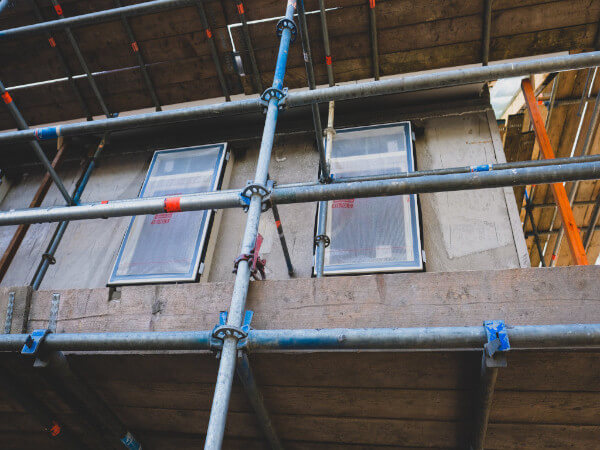
The DJI, S&P 500, NASDAQ, and TSX have been setting new record highs in each successive month on a regular basis since the early days of the pandemic. Nor did November fail to deliver success on that score once again. In the latest month, new peaks were established by the four major indices.
![]()
Did you miss our previous article…
https://www.arizonasolarsociety.com/?p=1537
Top 10 Largest Construction Project Starts in Canada and Trend Graph – September 2021
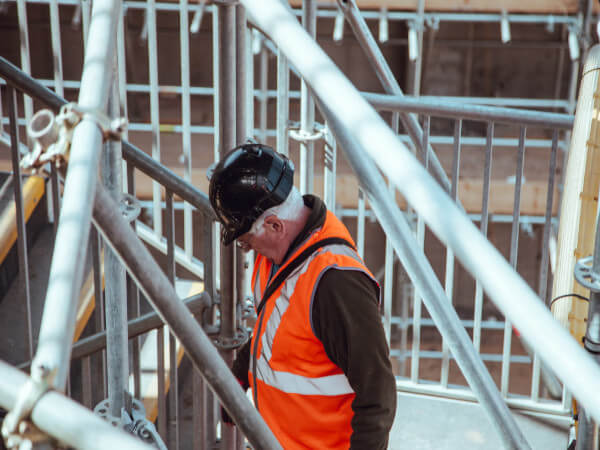
The accompanying table records the 10 largest construction project starts in Canada in September 2021. Also included is the latest trend graph on starts. This looks at 12-month moving totals of the civil and nonresidential building categories in Canada.
![]()
Did you miss our previous article…
https://www.arizonasolarsociety.com/?p=1512
How Construction Can Beat A Growing Labor Shortage
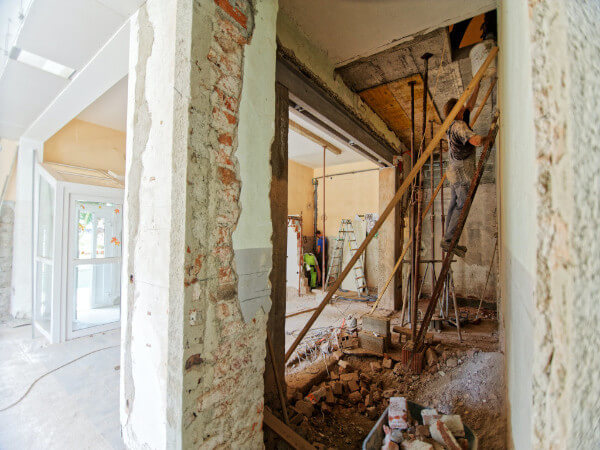
Is your construction firm planning to increase headcount in 2022? That could prove to be a difficult task. According to a recent survey by the Associated General Contractors of America, 88% of construction firms indicated they are experiencing project delays and worker shortages are the second leading cause (61%) cited behind longer lead times or shortages of materials (75%).
![]()
Did you miss our previous article…
https://www.arizonasolarsociety.com/?p=1456
Implications of the Just-Passed $1.2 Trillion Infrastructure Bill

The $1.2 trillion infrastructure bill, even though the dollars going towards tangible projects will be slightly less than half that amount (approximately $500 billion), and the spending will be spread out over five years, is no small matter.
![]()
Did you miss our previous article…
https://www.arizonasolarsociety.com/?p=1432
Legs Growing Weary in U.S. and Canadian Housing Start Sprints
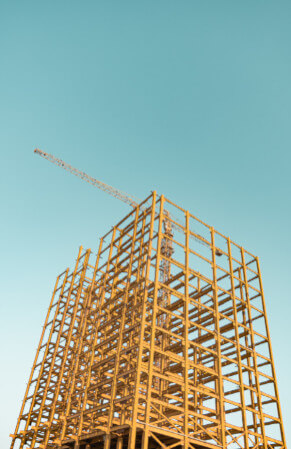
U.S. Housing Starts Up by a Fifth
U.S. housing starts, as an average of the seasonally adjusted and annualized (SAAR) monthly figures to date in 2021, have been ahead by almost a fifth (+18.5%) compared with the same January-to-September period of 2020.
![]()
Did you miss our previous article…
https://www.arizonasolarsociety.com/?p=1428
How to Prepare for the Building Safety Bill
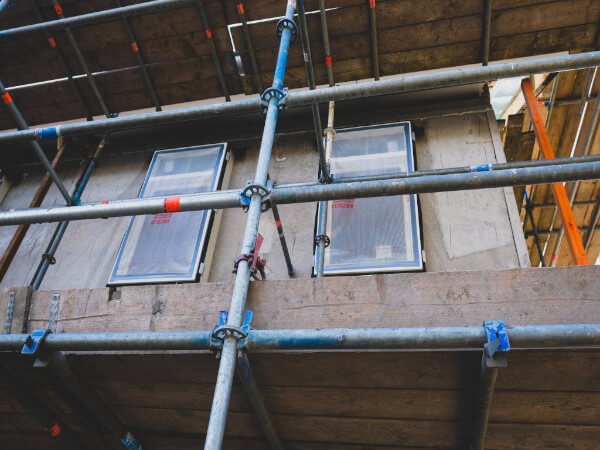
The Building Safety Bill is fast-approaching the UK construction sector, and promises widespread change.
The government is aiming to “overhaul regulations, creating lasting generational change and setting out a clear pathway on how residential buildings should be constructed, maintained and made safe.”
Although the Fire Safety Act is now in place, the Building Safety Bill is still being finalised and it may be difficult to know how to get ready. So, what are the headlines from the bill – and what should owners and construction firms do today?
Here’s a summary of the Building Safety Bill and six key takeaways for UK businesses.
An overview of the Building Safety Bill
- Building owners will need to demonstrate that they have effective, proportionate measures in place to manage safety risks.
- A golden thread of building safety information must be maintained from planning to completion of each high risk building project.
- Duty holders must be appointed to take responsibility for fire and building safety throughout the lifecycle and provide the accountable person with the golden thread of information.
- A new Building Safety Regulator will oversee the implementation and enforcing of the legislation, with stringent penalties for noncompliance.
- The legislation is expected to be passed in April 2022.
Get ready for change – because it will impact everyone
First of all, it’s important to acknowledge that there are gaps in the practical guidance out there for construction companies. Right now, the details are being worked out and it’s hard to see exactly how organisations will consistently meet the requirements.
But nonetheless, it’s vital that all construction businesses get ready for change. From owners to individual subcontractors and suppliers, the Building Safety Bill will place new obligations on every collaborator in the supply chain.
This isn’t just for tier one contractors; everyone will have to buy in, and there will be strong legislative punch to enforce the changes. Irrespective of your size and scale, understanding what’s around the corner and starting to get ready is critical.
Prepare for a mental shift about project information
The principle of the golden thread of information will require everyone in the supply chain to maintain a record of every project. It’s not just about handing over documents at the end of the project, or even uploading project files onto the cloud.
Everyone from designers to contractors will need to maintain a local electronic audit trail, rather than relying on clients to hold the data. Choosing data platforms that easily integrate with others will be important, to ensure that data records can be slotted together.
That’s not to say that everyone will need to use advanced modelling tools, but internal records will be critical – particularly in the event that something goes wrong in the future. It might not be as disastrous as a fire, but the identification of a faulty or dangerous component that needs to be removed from other builds is essential.
Again, this applies to all companies – no matter your size or scale. Small suppliers will need to revisit how they collect and store project information, just like everyone else. And positively, this also offers the chance of process improvements within businesses, from improved efficiency to quality control.
The onus will be on owners, so know what to ask for
Arguably owners face the biggest challenge from the Building Safety Bill, especially if they aren’t already on a digital transformation journey. It will be critical to have systems in place to receive, and then manage and maintain, project data throughout the operational life of an asset.
That can’t be racks of drawings or folders of paper stuck in a cupboard. Owners will need to consider the best way to structure information – for example, in a common data environment – to ensure that it’s as easy to manage and access as possible.
Owners should work to set out their information requirements, so that they know what to ask for at the start of each project. Again, this richer dataset can offer other benefits for owners, such as more efficient asset management and more straightforward refurbishments in the future.
Prepare for skills shortages by investing in people
We will need to see a skillset shift across the construction industry to meet these new regulatory demands. Arguably, right now the sector suffers from an on-demand approach to specialist skills, with businesses waiting until there’s a problem to go and find someone who can solve it.
The issue with the obligations being imposed through the Building Safety Bill is that there simply aren’t that many people with the skills and availability to help. It might not be normal practice to spend funds on training at very traditional organisations; nonetheless, businesses will absolutely need to invest in staff to prepare for the potential avalanche of demand.
This is a definite change of approach. Companies will need to plan differently, while owners will need to recognise that the cheapest approach won’t always be acceptable. But without more digitally confident staff, businesses won’t be able to cope with the demands – and the uncertainties – inherent in any new legislation of this kind.
Existing technology can be used in creative ways, but interoperability is critical
Although we’ll see a step change in information management, companies won’t need to build Revit models to track every component. There are actually lots of different ways of meeting the regulations, sometimes using existing technology in new and creative ways.
For example, Oculus has developed a system that uses camera footage to record on-site processes, like installations or subsequent inspections. The video record is timestamped to show progress over a project, and can then be linked with model-based information sets to create a detailed dataset or reviewed with other snapshots to show progress or changes over time.
However, the way that we connect these different technologies and approaches together will be critical, to ensure data can be transferred and collated seamlessly. At the company level, choosing open data platforms will help to ensure interoperability with other systems.
At a national level, there are a number of working groups developing an information management framework, such as the National Digital Twin Programme and the Government and Industry Interoperability Group (GIIG). All of this will not only support the golden thread of information on projects, but help the industry as a whole to create more consistent data and deliver better outcomes.
Embrace the positives – this could be a turning point for quality and sustainability
Meeting new legislation always seems like a bit of a headache. But it’s important to recognise that these are extremely positive developments overall. It’s not only about trying our utmost to avoid another horrific incident like the Grenfell Fire, but cascading information across the industry, to enable us to fix things that might be faulty or at risk.
Access to more detailed digital information can also help construction businesses ensure the quality of their work – while increasing efficiency and highlighting ways to boost productivity across the organisation.
Similarly, with a record of the materials used in each asset, owners can move towards the circular economy: designing buildings that can be dismantled, reused or repurposed, to massively improve the sustainability of the built environment.
Finally, it might seem that businesses are facing multiple changes in tandem right now, from the BIM Mandate Initiative to the Construction Playbook and digital twin initiatives. But arguably, the UK is much more joined up in its strategy than anywhere else in the world.
There’s a clear link between aspiration and execution – and by meeting these demands, companies will be helping to create a safer, greener and more productive sector. That is a huge advantage.
The post How to Prepare for the Building Safety Bill appeared first on Digital Builder.
Did you miss our previous article…
https://www.arizonasolarsociety.com/?p=1392
Top 10 Largest Construction Project Starts in Canada and Trend Graph – October 2021
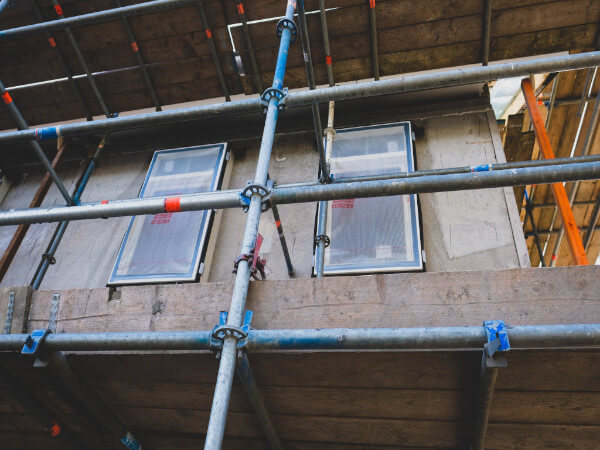
The accompanying table records the 10 largest construction project starts in Canada in October 2021. Also included is the latest trend graph on starts. This looks at 12-month moving totals of the civil and nonresidential building categories in Canada.
![]()
Did you miss our previous article…
https://www.arizonasolarsociety.com/?p=1384
4 Ways to Avoid Profitability Traps That May Be Costing You
Maintaining profitability on any given project is a challenge that many AEC firms face. It’s no secret that the construction industry has some of the lowest margins out there; data from Camino Financial states that the construction industry has an average net profit margin of just 5%.
For this reason, teams are under immense pressure to meet project budgets. However, doing that can be a major challenge because construction projects face several profitability traps. These traps are present at all stages of a project and come in many forms—including inaccurate forecasting, data silos, lack of accountability, and so much more.
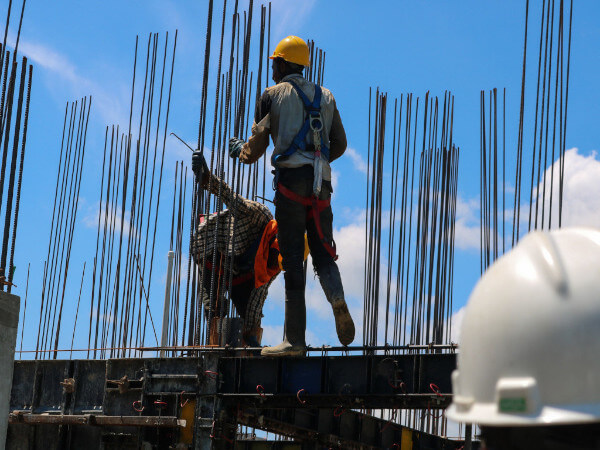
To avoid these pitfalls, teams must centralize their workflows, standardize their practices, and connect project data to critical processes. In doing so, you can improve productivity and reduce delay, which ultimately results in higher profits.
One firm that’s gotten good at avoiding these profitability traps is BL Harbert, a construction firm based in Birmingham, Alabama. BL Harbert brings in about $1 billion in annual revenue and employs 8,000 staff members across the globe.
Dane Pemberton, the firm’s US Group Construction Technology Manager, delivered an very helpful industry at AU 2021 where he discussed how BL Habert improved profitability by maximizing data and workflows
Dane spoke with Esteban Corrales, Manager of Technical Solutions for Construction at Autodesk, and outlined the steps that the company took to streamline its process and maximize profits.
1. Create efficient processes to eliminate bottlenecks
There are plenty of bottlenecks that can slow the progress of construction projects. It could be a case of stakeholders unable to quickly find the info they need. Other times, there’s a lack of alignment between teams.
Whatever the situation, bottlenecks cause delays, which lead to higher costs and lower profits. As Dane puts it, “Bottlenecks affect productivity. And if your productivity is affected, your profit margins are affected as well.”
“Bottlenecks affect productivity. And if your productivity is affected, your profit margins are affected as well.”
—Dane Pemberton, US Group Construction Technology Mgr, BL Habert
One of the best ways to overcome project bottlenecks is to get all stakeholders on the same page using a common data environment (CDE). Avoid using point solutions or disconnected systems, as this will create silos and reduce efficiency. Instead, centralize your data and workflows and ensure that teams can access everything they need from a single platform.
“Centralizing our model and pulling everyone into a common environment was really important to us,” explains Dane. “And so Autodesk Construction Cloud, and the unified platform it provides, has been key in helping us in our centralization effort.”
You can also eliminate bottlenecks through standardization. By making sure that teams follow the same procedures—and those processes are carried out on the same platform—you can keep things moving along more smoothly.
As an example, Dane shares their previous process for handling RFIs, which involved a lot of back-and-forth between various stakeholders.
“We would encounter an issue on the job, and then a superintendent would pick up the phone to tell the project manager. That person would then write the RFI and relay it to the vendor or subcontractor, who’ll use their own system and coordinate with other stakeholders. Then they’ll turn around, and send it back to us.”
The process was quite disconnected and left plenty of room for miscommunication. So, the company adopted digital tools which streamlined the RFI process.
“Now, with Autodesk Build and [Autodesk] Construction Cloud, we have a more concise workflow. We have at least a central source for all the data to live. We have the connected workflows inside of Build that help us take a pen off a sheet, immediately click on that, create an RFI, send that out.”
Dane continues, “And the tracking process is seamless. We send it to users that are already in the system. They get notified via email or notification on their phone. And they can immediately answer or share it with other team members. It has helped create efficiency through connecting all those workflows together, plus centralizing and standardizing what the RFI form looks like, and what the process looks like.”
2. Establish clear accountability across teams
Promoting accountability ensures that project tasks and milestones are met. When everyone knows what they’re responsible for—and they are empowered to fulfill those responsibilities—projects run smoothly and you fall into fewer profitability traps.
One way to achieve better accountability is to improve visibility within your projects. As Esteban points out, “When all teams have visibility into what others are doing and what they need to do to hit their schedule marks and their budget, it creates accountability into a shared project goal.”
So, how do you promote higher visibility for your teams? Dane recommends establishing consistent project inputs and processes.
“All of our projects teams typically have a senior leader or project executive assigned to multiple projects. And so what we found is [that] building consistency across our projects helped tremendously in reducing audit time.”
Dane adds, “Now that they have consistency, they know exactly what they’re looking at. They can go right to the things that make sense. We have common filters and common sorts, and we can leverage the database to give us the information in a consistent manner. And that’s been tremendous.”
When BL Harbert implemented more consistency in its projects, the company achieved better visibility of issues and action items.
According to Dane, “Now any issue or any action item that is generated on a job happens in one central location, and has one very similar look. And we can break those types down—i.e., if they’re a coordination issue, a safety problem, or a quality issue. We have all that at our fingertips.”
3. Digitally connect workflows and data to cost activities
We can’t talk about profitability without discussing cost management. Properly managing project expenses leads to wiser spending, cost savings, and—you guessed it—higher profits.
One of the best things you can do to improve cost management is to do it all from a centralized and connected platform. By connecting workflows and data to cost activities, teams can find important financial data much quicker, thus enabling them to make smarter cost-based decisions.
At BL Harbert, Dane shares that they connected Autodesk Construction Cloud with their ERP system, and this allowed them to unlock massive efficiency gains and profitability.
“It’s extremely important to have consistency, especially when you’re managing cost,” says Dane, who recalls how they used to manage their costs using Excel and other disconnected tools.
“We used to have an Excel spreadsheet to manage projections. We would have calculations off to the side on a sheet of paper. We’d have invoices in a different system, trying to backtrack and figure out where costs went or where something got coded.”
Now, the teams at BL Harbert use Autodesk Construction Cloud. “We built an integration to our ERP system, and we’ve connected all of those aspects together. And just by going through some clicks in the system, and drilling down on certain areas inside the Budget tab of the Cost module, we’re able to drill down to some of those things.”
“We don’t have to print out a dozen reports, and enter in a different job number to then go and pull an Excel file. So it’s been extremely valuable to connect all those workflows together. That one is probably one of the biggest efficiency gains, in and of itself, that we’ve seen.”
4. Analyze data to proactively mitigate risk
A key benefit of connected workflows is better data visibility. Armed with the right data, teams will be able to gain useful insights that they can use to mitigate risk. The teams at BL Harbert use Autodesk’s Insights tools to bring data together in one place, which helps them understand project health and potential risks.
They can, for example, use AI and machine learning to identify RFI risk factors and use those insights in their decision-making.
And according to Dane, this is just the beginning. They intend to double down on data so they can further leverage it to grow the business.
“One of our biggest goals for the future is expansion. We want to continue to grow our technology footprint,” he shares.
“We want to continue to grow our utilization. We want to take advantage of what we know we have inside these systems, and really leverage the analytics to resolve company problems.”
Is Autodesk right for your projects?
Low profits don’t have to be the norm in your construction firm. You can unlock extensive profitability gains by streamlining and connecting your processes, promoting accountability, and leveraging data.
Autodesk Build can help you do all of the above and more. Request a demo today and someone on our team will get in touch. We’ll talk through where you’re at, where you want to go, and how Autodesk Build can help you get there.
The post 4 Ways to Avoid Profitability Traps That May Be Costing You appeared first on Digital Builder.
Mid-November Economic Nuggets, With a Focus on Mega Projects, Inflation, & Air Travel Statistics
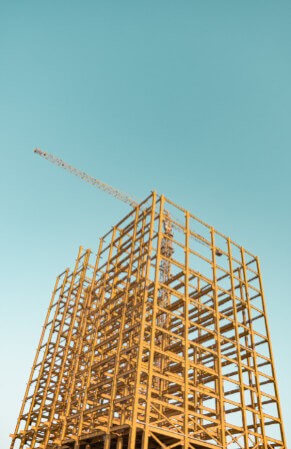
Among ConstructConnect’s Top 10 project starts list for October are two that seem perfectly in sync with the times in which we’re living. For much of the past year-and-a-half, many of us have been cooped up at home as a precaution against contracting the coronavirus. Some of us have gone on fitness regimes; and we’ve all been aware, whether embracing it or not, of the extraordinarily swift breakthroughs made in vaccination protection.
![]()
Did you miss our previous article…
https://www.arizonasolarsociety.com/?p=1351